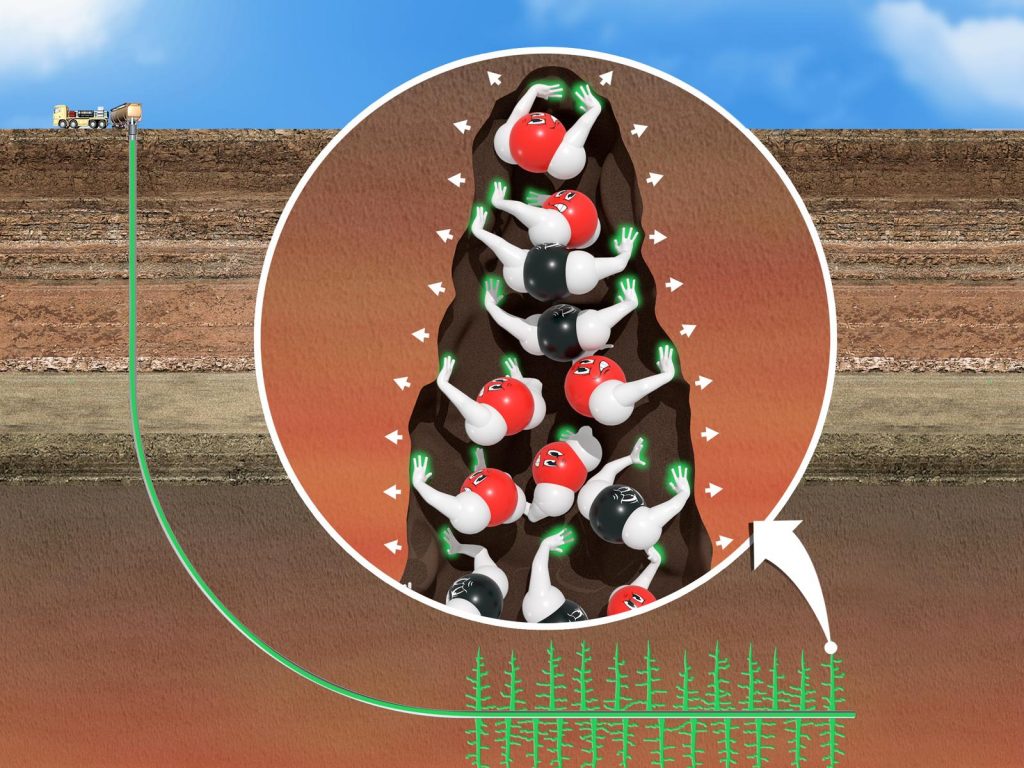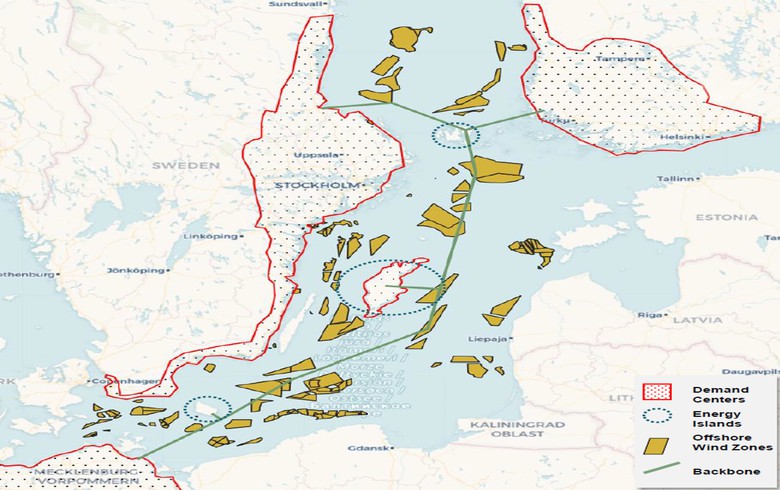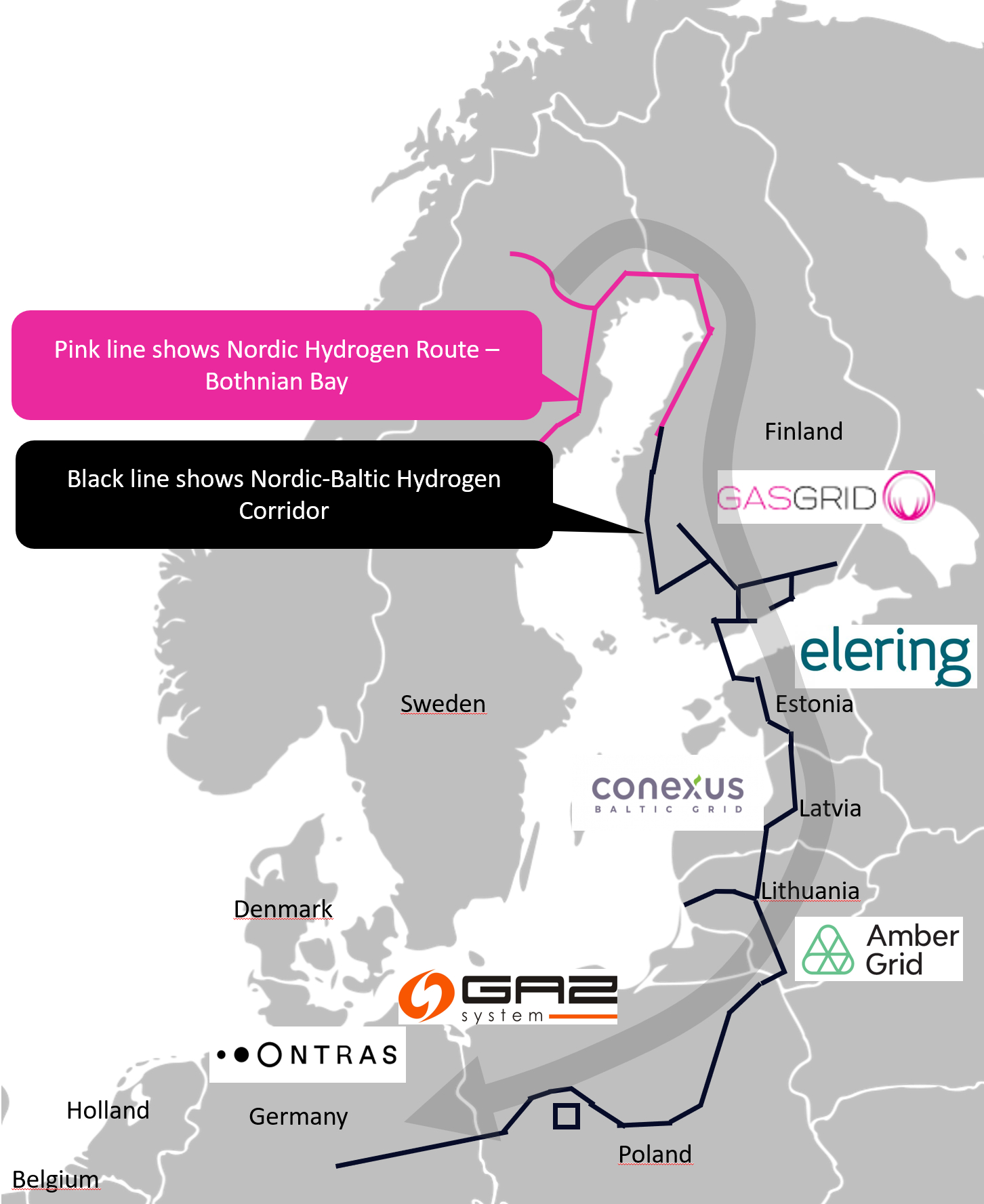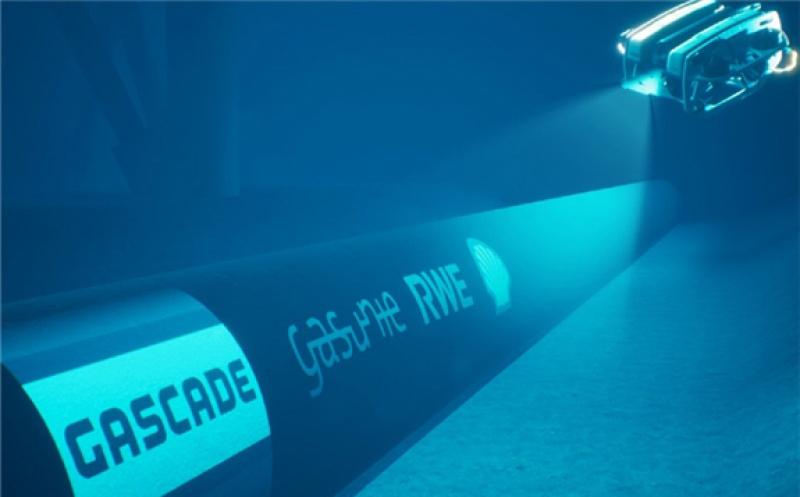 StimuFrac (TM) graphical overview (source: PNNL)
StimuFrac (TM) graphical overview (source: PNNL) Researchers at PNNL in the U.S. have identified processes that help to improve efficiency of fracturing activities with new fracturing fluid called StimuFrac (TM).
In an article shared by the Pacific Northwest National Laboratory (PNNL) in the U.S. report that its researchers have identified two processes that generate larger rock fractures at lower pressures using StimuFrac (TM).
The article describes this as a better and more cost-effective option for geothermal energy applications.
While it is relatively easy to find high-temperature rocks, it is challenging to find geologic formations that can be developed into sustainable reservoirs. A mechanical process called hydraulic fracturing creates a network of fractures through high-pressure fluid injection into the deep target rock formations, allowing heat transfer from the rock to the injected fluid.
Current fracturing fluids used in enhanced geothermal systems (EGSs) are costly and inefficient for the temperature conditions. Conventional fluids used in the oil and gas industry also require large volumes of water and may pose risks to groundwater.
With funding and technical support from the U.S. Department of Energy’s Geothermal Technologies Office (GTO), PNNL came up with an alternative. Researchers developed an eco-friendly fracturing fluid called StimuFrac™ that leverages lower pressures to fracture highly impermeable rocks in EGSs. StimuFrac addresses this significant EGS challenge by creating potentially safer, cost-effective fractures that penetrate high-temperature reservoirs. The PNNL team recently identified two processes that generate larger rock fractures at lower pressures when StimuFrac is used.
“After six years since the conception of this technology, we now know how it works,” PNNL chemist Carlos A. Fernandez said. “We knew the benefits of StimuFrac but didn’t understand the mechanism for fracturing at lower pressures compared to the conventional fluids until now.”
The processes
The PNNL team published findings about two processes that confirmed StimuFrac’s potential in the American Chemical Society journal Sustainable Chemistry and Engineering. Researchers conducted a computational and experimental study of StimuFrac, determining that it consistently fractures rock material at lower pressures compared to conventional hydraulic and waterless fluids.
StimuFrac involves pumping a water-based solution of polyallylamine into the ground. It is then combined with injected carbon dioxide and forms a hydrogel. The resulting volume expansion creates pressure that causes rock fracturing. StimuFrac could reduce operating costs by 60 percent by using significantly less water and less pumping energy in comparison to conventional fracturing methods.
The researchers confirmed the two processes by conducting a series of experiments using fracturing fluids on fused silica, which has homogeneous “rock-like mechanical properties” as described by PNNL geologist Delphine Appriou, and on rock samples from an EGS site in California.
Varun Gupta, a PNNL computational scientist, used modeling based on the finite element method to determine the pressures required to fracture fused silica. The team observed a reduction of injection pressure required to generate fractures under conditions where volume expansion occurs. StimuFrac consistently fractured fused silica at 30 percent lower pressures than the conventional fluids, according to the published findings.
In one of the processes, the researchers established that overpressure generated by the CO2-triggered volume expansion of the water-polymer solution was responsible for the observed more efficient fracturing. The value of overpressure was then determined using innovative high-pressure mixing vessel developed by the team.
In the second process, the StimuFrac fluid penetrated rock at lower pressures to fracture the rock. The lower pressure means it is a less energy-intensive and relatively inexpensive fracturing process, Fernandez reported.
Next steps
Researchers are now evaluating different injection strategies in foot-scale rock samples to identify injection strategies that show promise for potential field deployment. PNNL is seeking industrial partners to transition this technology to the field within the next two years, Fernandez said.
For information about licensing StimuFrac, please contact Allan Tuan.




